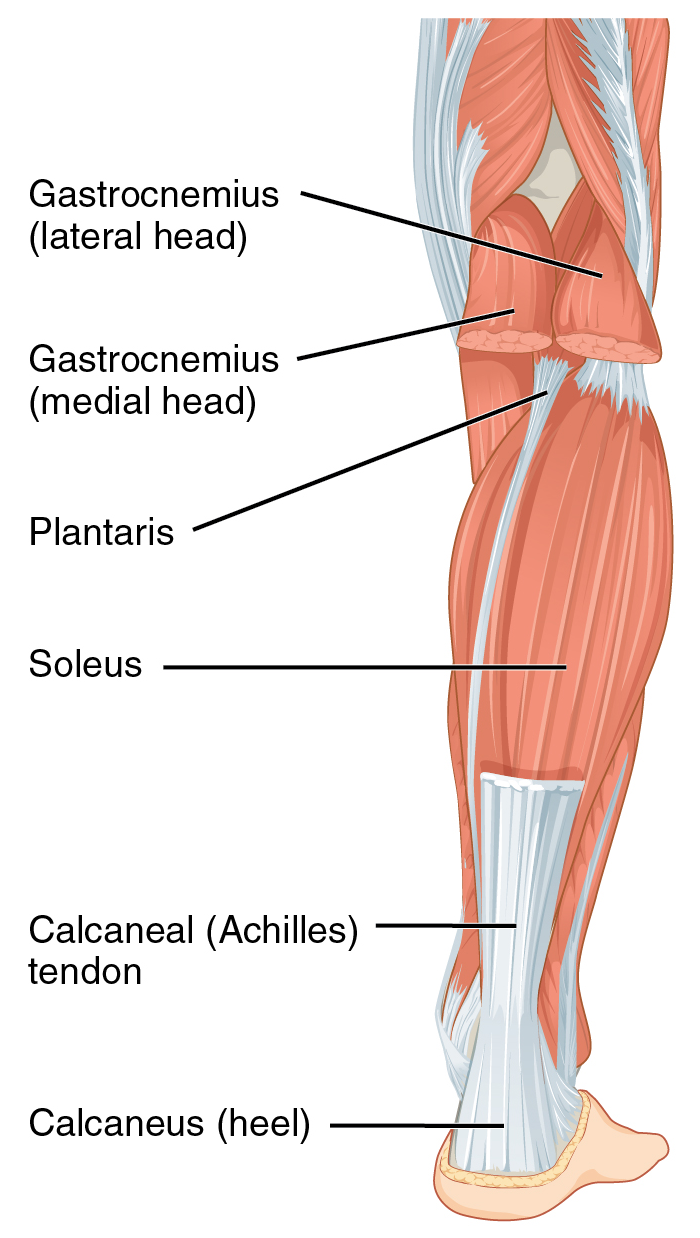Bone & Joint Health, Exercise & Injury Prevention
Joint Knowledge: Achilles Tendinitis
Mild ache along the back of your lower leg? Does it nag right above your heel at the end of an intense week of training or after sprinting or climbing stairs? It might be especially noticeable in the morning yet improves over the course of the day. If this sounds like your experience, keep reading to learn about Achilles tendinitis.
The Achilles tendon originates at the base of your calf muscles and inserts onto your heel bone. Every time you are on your feet—whether it be in a standing position, during a squat, lunge, walk, run or jog—your Achilles tendon is working to allow it all to happen!
Causes of Achilles Tendinitis
The condition of Achilles tendinitis most commonly occurs with overuse. We tend to think of overuse injuries as ones that can gradually result over an extended period of time, like years, but they can also happen much sooner if the intensity or duration of the activity increases substantially.
For example, those who suddenly increase the duration or the intensity of their running workouts from light 15-minute jogs to full-out sprints or 8-mile runs are more likely to irritate and fatigue their Achilles tendon. Another example would be among the “weekend warriors” who don’t get much activity throughout the week and then compete in sports activities on the weekends.
Additionally, the structure of the Achilles tendon weakens as we age, making it more susceptible to injury. This highlights not only the importance of exercise but also ensuring proper hydration and nutrition for tendon and ligament support throughout our life!
The good news is that most Achilles tendinitis cases can be treated at home or with a physical therapist through exercise.
Signs of Achilles Tendinitis
When you have Achilles tendinitis, you may feel it as a mild ache either above your heel or in the back of your leg. The area may also be tender and/or stiff, especially in the morning.
Managing Achilles Tendinitis
Have an inkling that you might be experiencing Achilles tendinitis? Schedule a visit with your ortho or PT, they’ll be able to give you a complete evaluation and examination of your foot and ankle.
From there, they’ll be able to rule in and out Achilles tendinitis.
During their examination, they might check things like the flexibility of your calf muscles, the range of motion at your ankle joint, as well as the location of any discomfort, swelling, or tenderness.
In terms of self-care management at home, parts of the “PRICE” protocol may be a good place to start:
- Protection: make sure you’re not putting your ankle in a position in which more damage or irritation can occur
- Rest: reduce the work your lower leg, ankle, and foot are carrying out, recover!
The next steps are ice, compression, and elevation. The effectiveness of these last three steps will largely depend on how long and how intense your scenario is. To know for sure what you should do, it’s best to check with your physician.
Properly Supporting Ankle Health
Once you are feeling better, you’ll want to be careful to make sure you don’t experience this uncomfortable ankle condition again.
When starting a new exercise regimen, take it slow. Remember, Achilles tendinitis can result from overuse overtime as well as in increases in intensity/duration of work! Gradually increasing intensity allows you to build up strength, endurance, and power without compromising the integrity of the tendon itself.
Like we said above, the Achilles tendon doesn’t only attach to your heel bone. It also attaches to your calf muscles. So, if those muscles are tight, short, or stiff…that is another way your Achilles can be “working.”
To combat this, allot some time to stretch or massage or foam roll your calves every day or a few days out of the week.
Careful and consistent care for your muscles and joints are the key to keeping them strong and healthy. By taking care to support them, you can ensure that you can avoid unnecessary discomfort that takes you away from the activities that you enjoy most.
References:
- https://www.mayoclinic.org/diseases-conditions/achilles-tendinitis/symptoms-causes/syc-20369020
- https://www.healthline.com/health/achilles-tendinitis#causes


